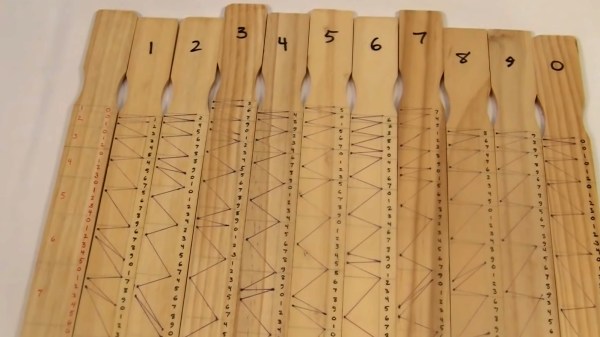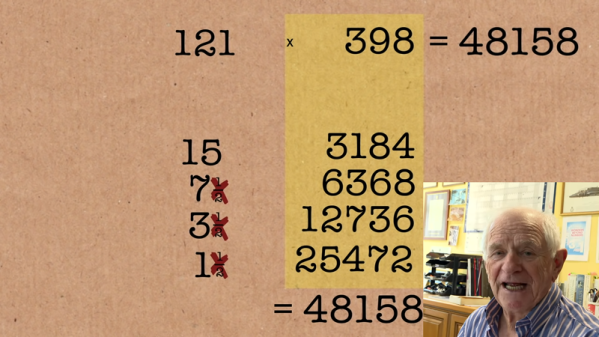Back in the early 1900s, before calculators lived in our pockets, crunching numbers was painstaking work. Adding machines existed, but they weren’t exactly convenient nor cheap. Enter Wilken Wilkenson and his Maximal Multi-Divi, a massive multiplication and division table that turned math into an industrialized process. Originally published in Sweden in the 1910’s, and refined over decades, his book was more than a reference. It was a modular calculating instrument, optimized for speed and efficiency. In this video, [Chris Staecker] tells all about this fascinating relic.
What makes the Multi-Divi special isn’t just its sheer size – handling up to 9995 × 995 multiplications – but its clever design. Wilkenson formatted the book like a machine, with modular sections that could be swapped out for different models. If you needed an expanded range, you could just swap in an extra 200 pages. To sell it internationally, just replace the insert – no translation needed. The book itself contains zero words, only numbers. Even the marketing pushed this as a serious calculating device, rather than just another dusty math bible.
While pinwheel machines and comptometers were available at the time, they required training and upkeep. The Multi-Divi, in contrast, required zero learning curve – just look up the numbers for instant result. And it wasn’t just multiplication: the book also handled division in reverse, plus compound interest, square roots, and even amortizations. Wilkenson effectively created a pre-digital computing tool, a kind of pocket calculator on steroids (if pockets were the size of briefcases).
Of course, no self-respecting hacker would take claims of ‘the greatest invention ever’ at face value. Wilkenson’s marketing, while grandiose, wasn’t entirely wrong – the Multi-Divi outpaced mechanical calculators in speed tests. And if you’re feeling adventurous, [Chris] has scanned the entire book, so you can try it yourself.
Continue reading “Math, Optimized: Sweden’s Maximal Multi-Divi”

















